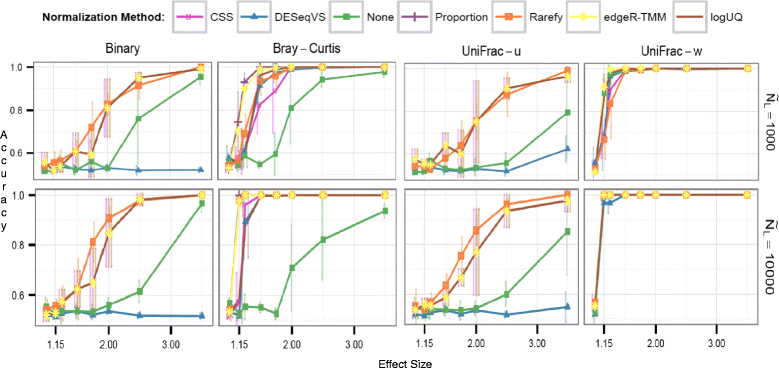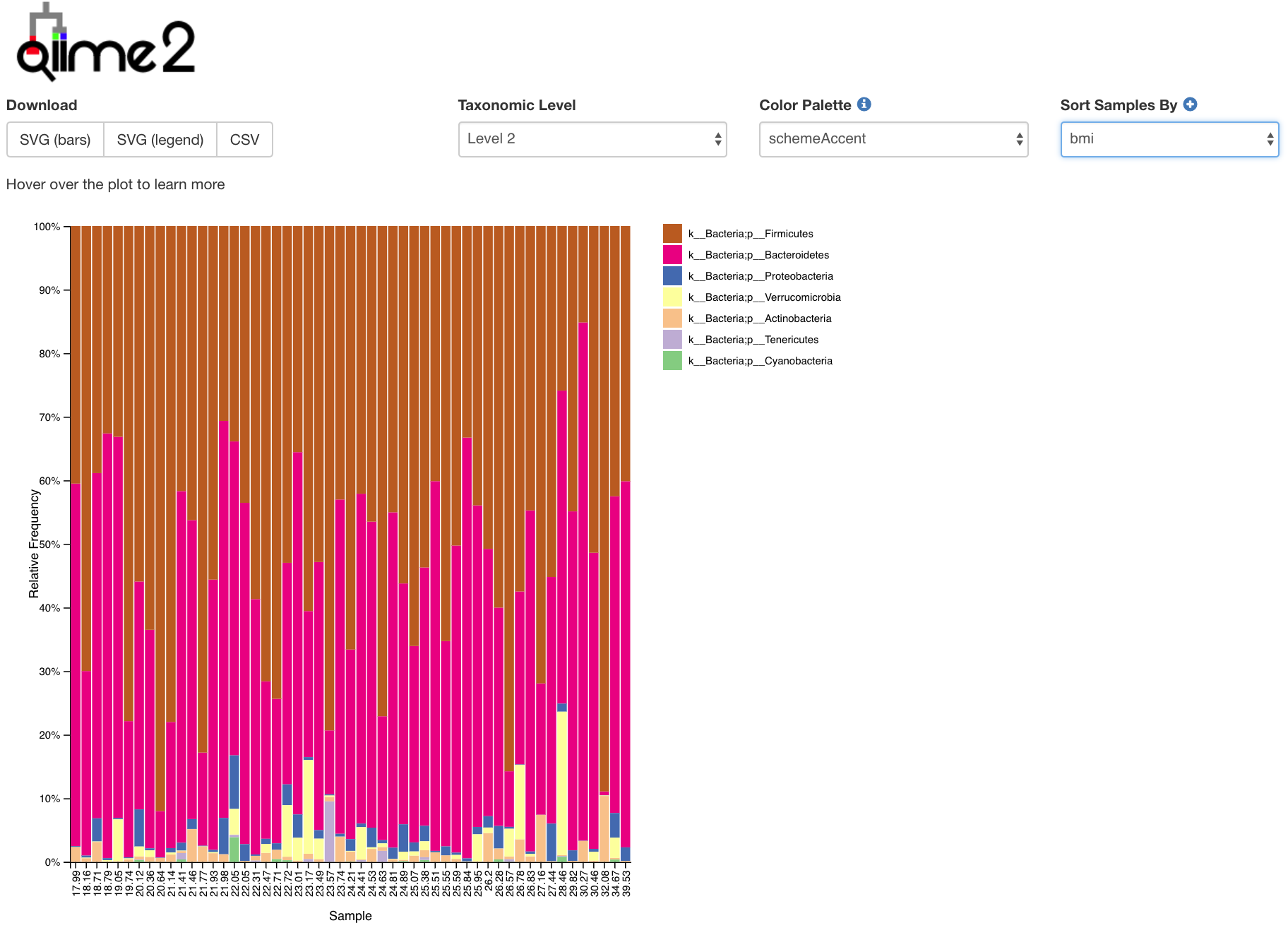

The initial colonization of microbiota in the lung may affect the development of the respiratory system and even lead to disease ( 11, 12).

The concept of sterile uterus has been challenged, but the results are still controversial and worth further study ( 9, 10). But recent research results suggested that the intestinal microbiota could colonize in neonates before delivery. It is commonly believed that the uterus is sterile and the colonization of microbiota began after birth. In recent years, numerous studies have shown that infant intestinal microbiota affects the growth and development of children ( 2, 3), and are associated with neonatal sepsis, neonatal necrotizing enterocolitis ( 4), childhood obesity ( 5), asthma, eczema ( 6), and diabetes ( 7), hypertension ( 8), and other diseases in adulthood. Intestinal microbiota plays an important role in human health and disease ( 1). Whether these microbiotas play a role in the mechanism of gut-lung crosstalk needs further study. Streptococcus was detected in both intestine and pharynx.Ĭonclusions: The intestine and pharynx of premature neonates have a unique microbial composition, and share some common microbiota. Pharyngeal microbiota was mainly composed of Streptococcus, Rothia, etc. The intestinal microbiota was mainly composed of Unidentified Clostridiales, Klebsiella, Unidentified Enterobacteriaceae, Enterobacter, Streptococcus, etc. At T28, there was a significant difference in microbial composition between intestine and pharynx ( p < 0.001). Ureaplasma and Fusobacterium were detected in both intestine and pharynx. The pharyngeal microbiota was mainly composed of Ureaplasma, Bacteroides, Fusobacterium, etc.

The intestinal microbiota was mainly composed of Unidentified Enterobacteriaceae, Ralstonia, Streptococcus, Fusobacterium, Ureaplasma, etc. Results: At T1, the difference in microbial composition between intestine and pharynx was not statistically significant. Based on the sequencing results, the composition of the intestinal and pharyngeal microbiota was compared and analyzed. Total bacterial DNA was extracted and sequenced using the Illumina MiSeq Sequencing System based on the V3–V4 hyper-variable regions of the 16S rRNA gene. Stool samples and pharyngeal swabs samples were collected from each neonate on the first day (T1) and the 28th day (T28) after birth. Methods: Thirteen neonates born at 26–32 weeks gestational age (GA) hospitalized at the neonatal intensive care unit (NICU) of the West China Second Hospital of Sichuan University were enrolled in this study. In order to explore the characteristics of early microbiota on the gut-lung axis, we studied the correlation between intestinal and pharyngeal microbiota on day 1 and day 28 after birth in premature neonates.

Microbial colonization in early life plays an important role in regulating intestinal and lung function. Objective: There are mutual influences between intestine and lung, that propose a concept of the gut-lung axis, but the mechanism is still unclear. 2Key Laboratory of Birth Defects and Related Diseases of Women and Children (Sichuan University), Ministry of Education, West China Second University Hospital, Sichuan University, Chengdu, China.1Department of Pediatrics, West China Second University Hospital, Sichuan University, Chengdu, China.Sen Yang 1,2 †, Lina Qiao 1,2 †, Jing Shi 1, Liang Xie 2, Yang Liu 2, Ying Xiong 1 * and Hanmin Liu 1,2 *


 0 kommentar(er)
0 kommentar(er)
